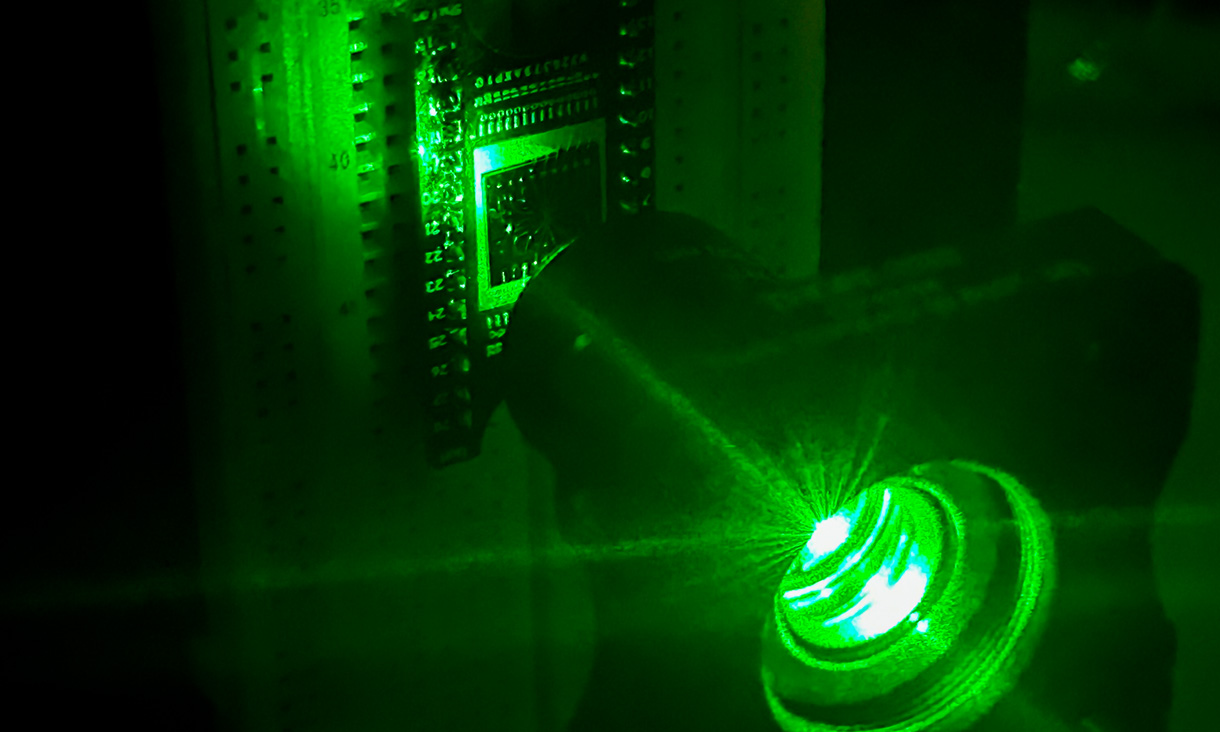Taking inspiration from the intricate workings of the human visual system, researchers at the Royal Melbourne Institute of Technology (RMIT) have developed a tiny electronic device. They claim that this device has the capability to perceive, analyze, and store visual information. This breakthrough innovation empowers the device to swiftly and intelligently respond to its surroundings by leveraging its image-processing capabilities.
Similar to the human eye’s transmission of information to the brain for processing and retention, the device captures light, generates and analyses data, and also stores it in its memory.
“The human eye is exceptionally adept at responding to changes in the surrounding environment in a faster and much more efficient way than cameras and computers can,” said Sumeet Walia, corresponding author of the study. “Taking inspiration from the eye, we have been working for several years on creating a camera that possesses similar abilities through the process of neuromorphic engineering.”
But how they created the device?
The device is constructed as a single chip, featuring a sensing layer composed of an array of antimony-doped indium oxide. This layer measures less than 3 nanometers in thickness, making it thousands of times thinner than human hair. The device’s sensors mimic the retina’s functionality. This allows visual information to be stored and processed on a single platform.
This development could pave the way for sophisticated decision-making in self-driving cars in the future.
“Imagine a self-driving car that can see and recognize objects on the road in the same way that a human driver can or being able to rapidly detect and track space junk,” said Walia. “This would be possible with neuromorphic vision technology. Neuromorphic robots have the potential to run autonomously for long periods, in dangerous situations where workers are exposed to possible cave-ins, explosions and toxic air.”







